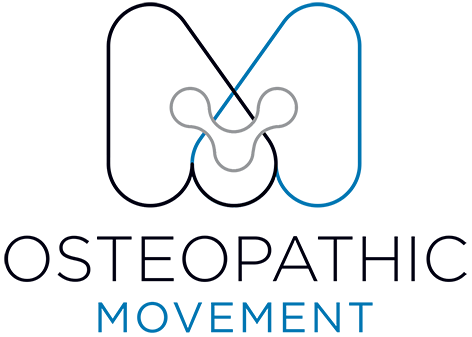Pain at the front of your knee?
Pain at the front of your knee is very common and is known technically as “Anterior Knee Pain”
Anterior knee pain is a common presentation that we see here at Osteopathic Movement, especially with people who participate in sports that involve jumping. It’s often a symptom of various underlying conditions such as Osgood schlatter’s, patella tendinopathy, patellar fracture, and hoffa’s fat pad irritation, among others. However, the management for anterior knee pain is very similar regardless of the underlying condition.
To keep things simple, we can split the management into two categories; acute and chronic.
Acute:
In an acute injury, the best strategy is to simply help the knee to calm down. First-aid measures such as ice for pain relief, foam rolling for muscle tension, and elevation + compression for swelling will all help to ease the pain and hasten your return to activity. Failing this basic management, performing isometric exercises such as Spanish squats for the patellar tendon can create a pain-relieving effect in the knee which will speed up return to sport/activity.
Chronic:
In the chronic stage of injury, things become more complicated.
In the vast majority of cases, chronic pain in the knee is due to an imbalance in load management. Which in simplest terms means doing too much too soon, after doing too little for too long (Volleyballers’ & Basketballers’ returning to play after lockdown are all nodding their heads here...).
In most cases load management is key.
However, there are some other big factors that we can effectively address with the right exercises.
Chronic knee pain rehab can be broken down into two categories: Increasing the capacity in the knee, and decreasing the load on the knee.
To increase the capacity of the knee joint, we need to get strong. Exercises such as squats and deadlifts are excellent for creating strength in the knee, however these exercises are notorious for overlooking imbalances from the left to right. A great strategy is to incorporate unilateral (single leg) exercises, such as split squats, single leg squats, leg extensions to address any imbalances from side-to-side.
To decrease load on the knee we need to look at how we move and our individual biomechanics. Biomechanical asymmetries/idiosyncrasies are incredibly common and what works for one person doesn’t always work for another. That being said, there is some low hanging fruit when it comes to offloading the knee.
One common strategy is to try and generate more power from the glutes and the calf-achilles complex. Glute exercises such as hip thrusts, arabesques and elastic band exercises do wonders. Along with these, standing and seated calf raises combined with isometric calf raises will address insufficiencies in the calf-achilles complex.
If you haven’t already, give the above exercises a go!
Just remember that while these strategies are great, they need to be incorporated into a thorough, individualised and periodised program by a heath and/or fitness professional. Calming down the knee and fixing biomechanics are nothing if we don’t manage training loads properly!
At Osteopathic Movement we perform thorough biomechanical and load tolerance tests to assess the condition of your knees and create an individually tailored rehabilitation program.
To make an appointment simply book online at:
www.osteopathicmovement.com
or call:
0402 377 209
If you have any further enquiries before making a booking please email: info@osteopathicmovement.com
Written by: Dr. Ashby Smith
